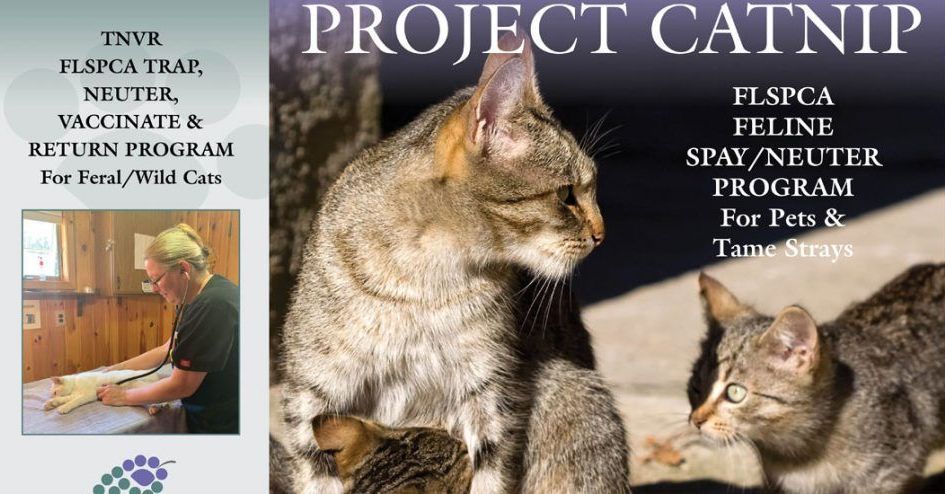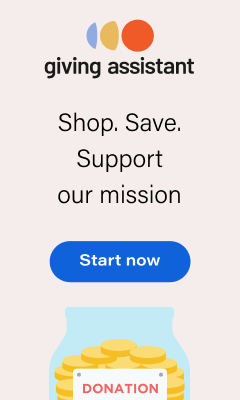
Project Catnip: Affordable Spay & Neuter for Cats
Project Catnip is a low-cost spay/neuter program for cats in Steuben County, created to address the serious problem of feline overpopulation in our community. Since 2000, this program has helped thousands of families by making surgery accessible, keeping more cats healthy, and reducing the number entering shelters.



